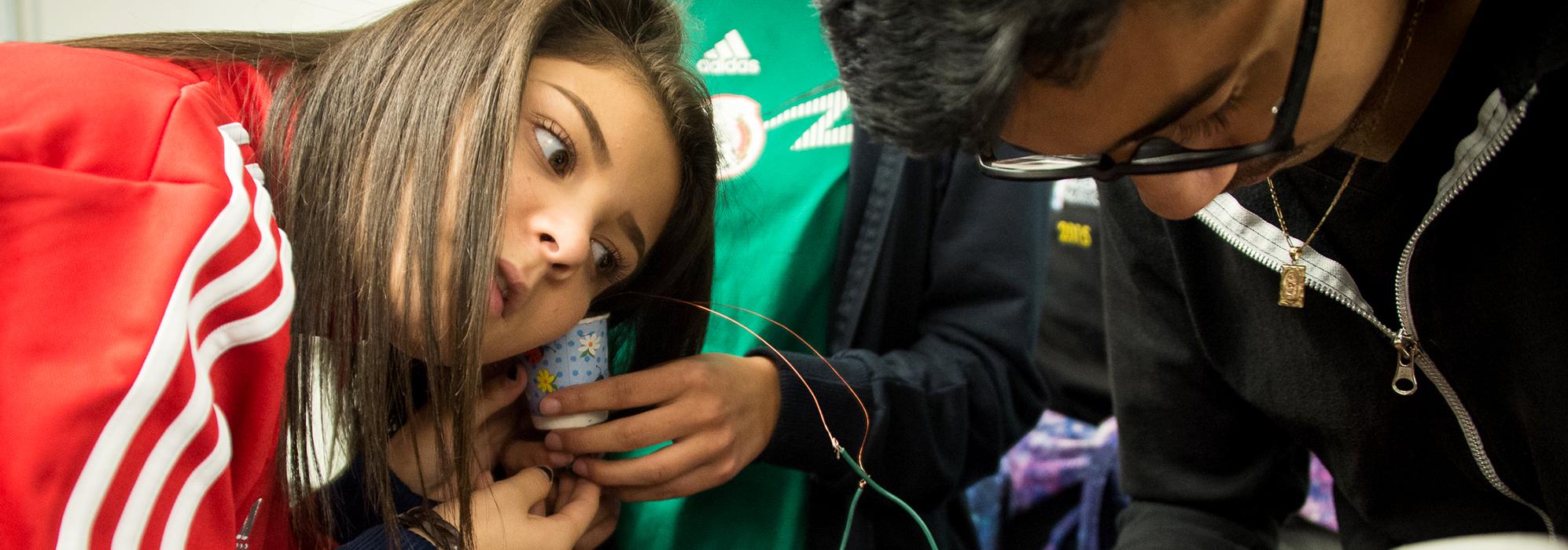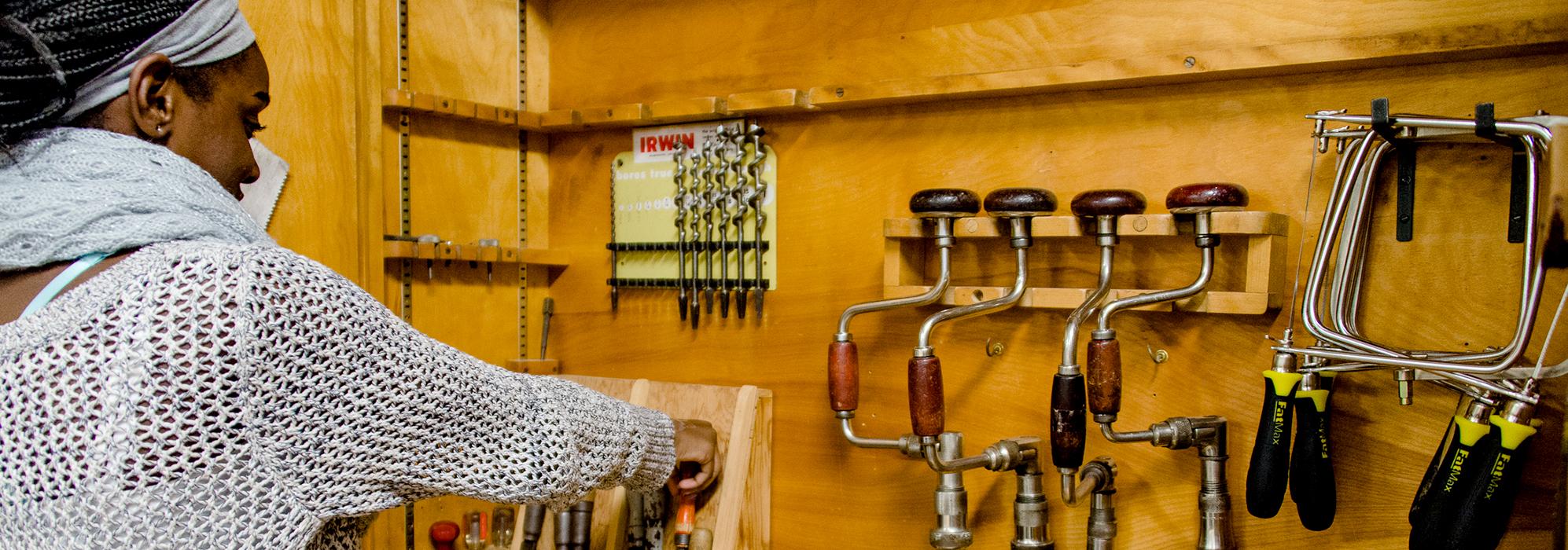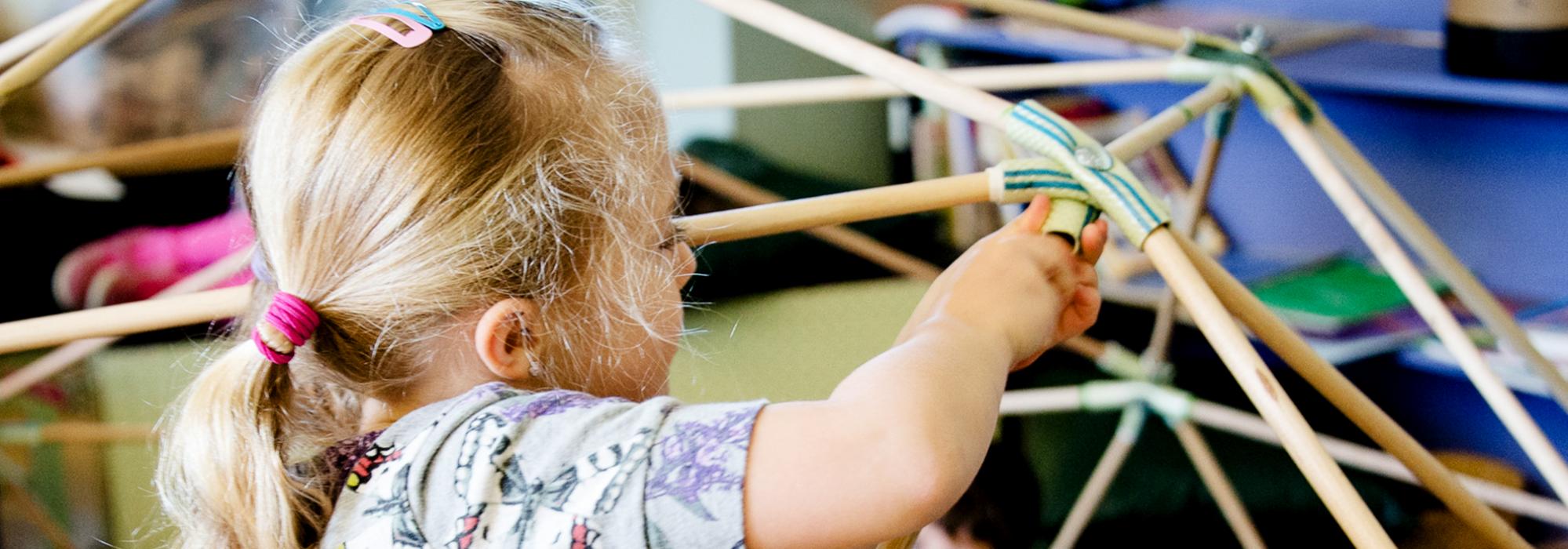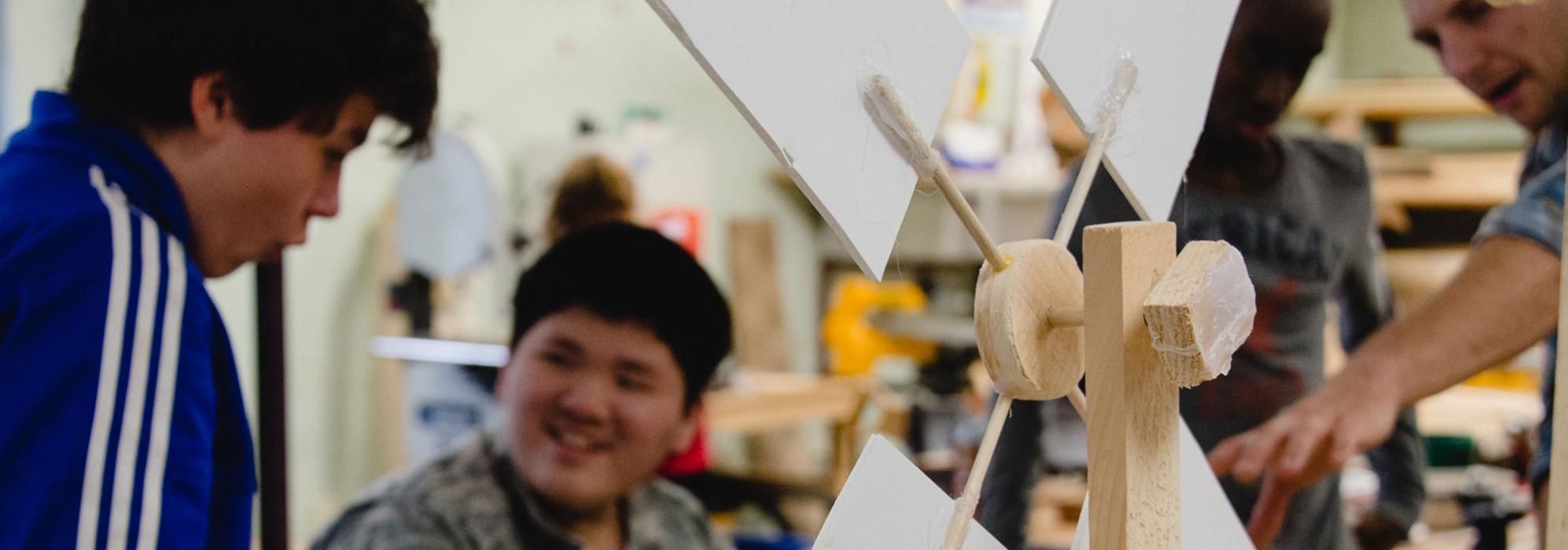Agency by Design
Educational initiatives that emphasize making, design, engineering, and tinkering have been gaining traction in schools and organizations across the country. While maker-centered learning is not a new concept, recent and emerging trends suggest a new kind of hands-on pedagogy—a responsive and flexible pedagogy that encourages community and collaboration (a do-it-together mentality), distributed teaching and learning, and crossing boundaries.
Agency by Design (AbD) is a multiyear research initiative at Project Zero investigating the promises, practices, and pedagogies of maker-centered learning experiences.
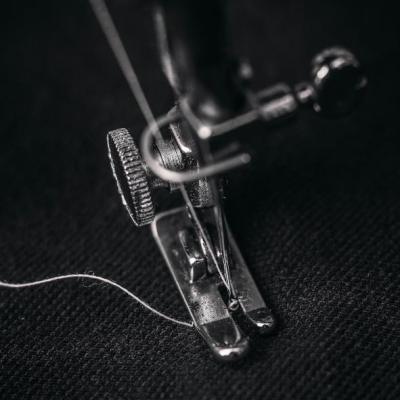
Think, Feel, Care
This routine encourages learners to consider the different and diverse perspectives held by the various people who interact within a particular system.
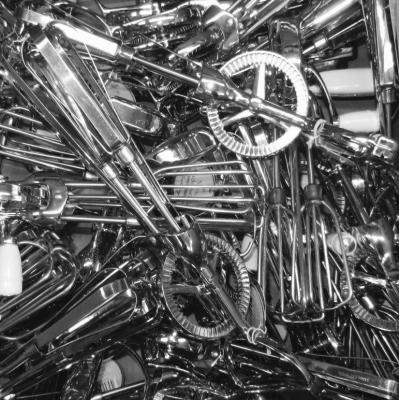
Parts, Purposes, Complexities
This thinking routine helps learners slow down and make careful, detailed observations by encouraging them to look beyond the obvious features of an object or system. This thinking routine helps stimulate curiosity, raises questions, and surfaces areas for further inquiry.
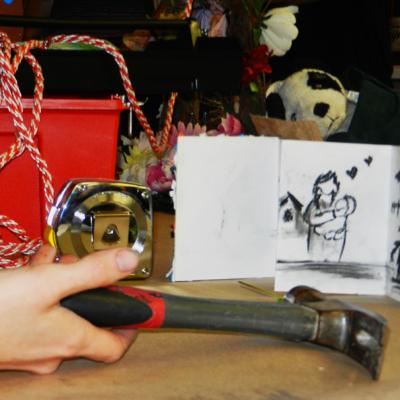
Maker Empowerment in the Making!
Oakland Learning Community member Ilya Pratt describes her experiences working with the concept of “Maker Empowerment” at a recent Agency by Design workshop in Oakland, CA.
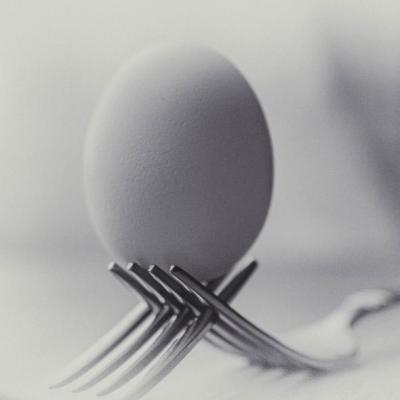
PARTES, PROPÓSITOS, COMPLEXIDADES
Essa rotina de pensamento ajuda os estudantes a desacelerar e a fazer observações detalhadas e cuidadosas, incentivando-os a olhar além das características óbvias de um objeto ou de um sistema.
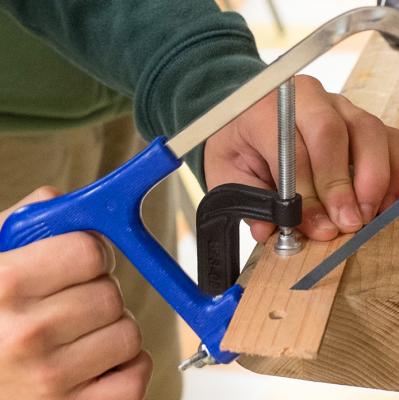
When a Ship is not a Ship—It’s a Sabre-toothed Cat! A Story of Maker Empowerment and Collective Agency
Ilya Pratt, AbD Oakland Leadership Team member and Design+Make+Engage program director at Park Day School, tells a tale of maker empowerment and collective agency through the story of Kyle and the saber-toothed cat.

Designing and Making with English Language Learners
Thi Bui teaches art and multimedia at Oakland International High School, a public high school for immigrants students’ where command of the English language is one of the last things to be taken for granted.
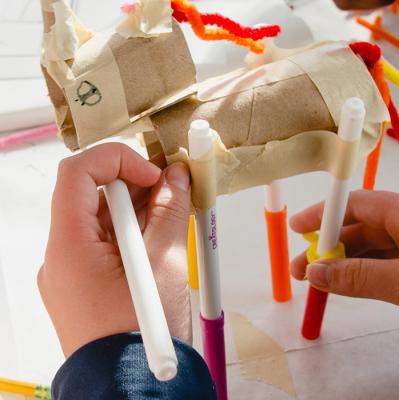
Tinkering Towards a Definition of Tinkering
How do you define tinkering? In this post, Agency by Design principal investigator Shari Tishman tinkers towards a definition of tinkering that considers standard text book definitions, examples from real life tinkerers, and a consideration of the “symptoms” of tinkering.
Parts, People, Interactions - Adapted for Early Childhood Education
This routine encourages learners to slow down and look closely at a system. It helps them notice that there are different people who participate in the system and that they participate in different ways. It also encourages students to explore how one change in a system can impact the rest of the system. This thinking routine can help foster curiosity as children notice details, ask questions, make connections, and identify topics for future inquiry. It also helps children practice systems thinking.
